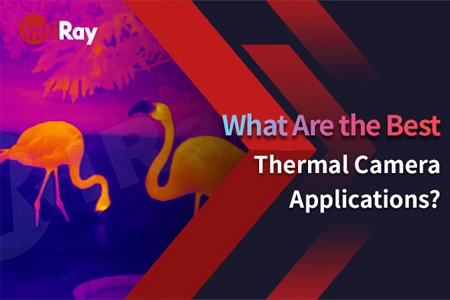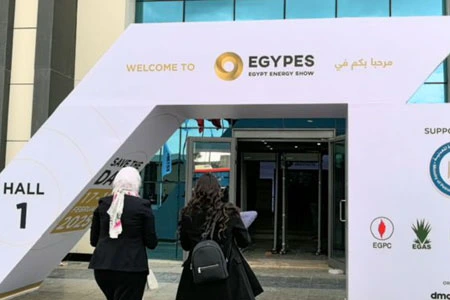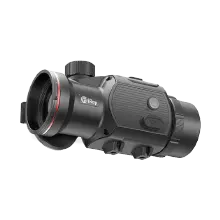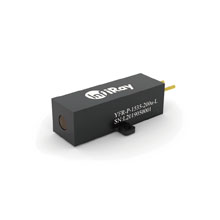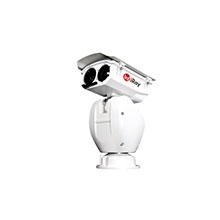Exploring the Different Types of Infrared Cameras and How They Work
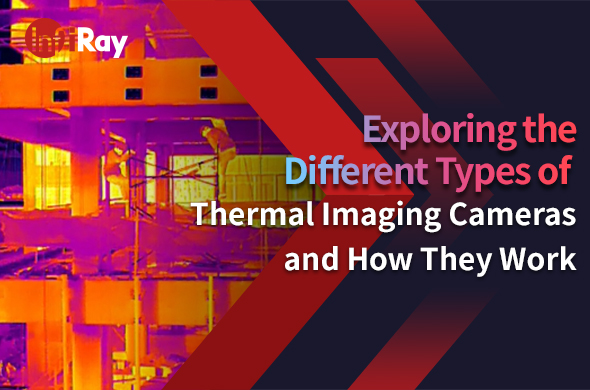
Infrared cameras have become indispensable tools in various industries, enabling us to see beyond what the naked eye can perceive. By detecting and visualizing infrared radiation emitted by objects, these cameras provide valuable insights into fields like security, firefighting, electrical inspections, and more. In this article, we will delve into the different types of infrared cameras, namely cooled and uncooled ones, as well as long-wave, medium-wave, and short-wave infrared cameras. We will explore their working principles, advantages, disadvantages, and common applications. Let's embark on this journey of infrared and thermal imaging technology.
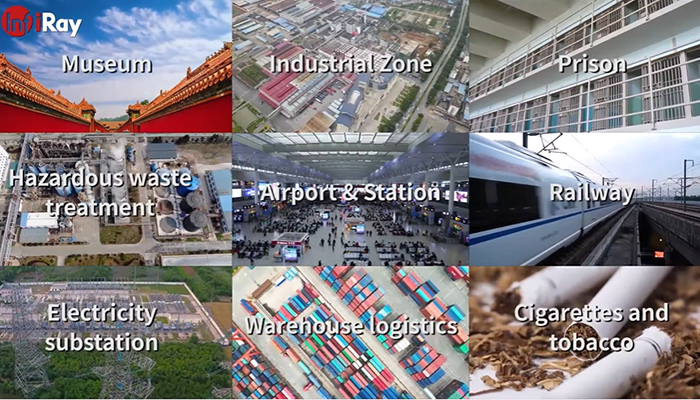
InfiRay has various types of infrared cameras to meet different application scenarios.
1. Cooled Infrared Cameras
Cooled infrared cameras utilize a cooling mechanism to enhance their sensitivity and detect faint infrared signals more effectively. Despite being more complex and expensive, they excel in certain applications. See what the cooled infrared camera module looks like here.
Advantages:
· Enhanced sensitivity and image quality
· Suitable for long-range detection
· Higher frame rates for real-time monitoring
Disadvantages:
· Require cooling systems (cryogenic cooling)
· Costlier and bulkier compared to uncooled cameras
Common Applications:
· For long-range surveillance
· Scientific research and analysis
· High-end industrial inspections
2. Uncooled Infrared Cameras
Uncooled infrared cameras, also known as thermal imaging cameras, on the other hand, operate without a cooling mechanism, making them more compact, affordable, and suitable for general-purpose applications.
Advantages:
· No cooling mechanism required
· Lower power consumption
· Compact and portable design
Disadvantages:
· Lower sensitivity and image quality compared to cooled cameras
· Limited long-range capabilities
Common Applications:
· Building inspections and energy auditing
· HVAC maintenance and troubleshooting
· Firefighting and search and rescue operations
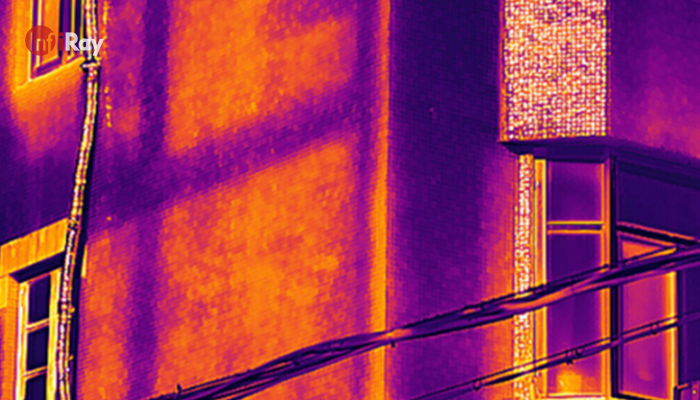
InfiRay thermal cameras for building inspections and energy auditing.
3. Long-Wave Infrared (LWIR) Cameras
Long-wave infrared cameras detect and visualize thermal radiation in the long-wave spectrum, providing valuable temperature data. InfiRay® Uncooled LWIR thermal camera sensor module can provide crisp and clear thermal images under normal temperature conditions. Equipped with self-developed infrared detectors and various lenses optional, it can be applied to fields such as industrial temperature measurement, UAV, and security monitoring.
Advantages:
· Better penetration through atmospheric conditions (dust, fog)
· Ideal for general-purpose use
· Good temperature resolution
Disadvantages:
· Limited spatial resolution
· Less suitable for high-temperature applications
Common Applications:
· Electrical and mechanical inspections
· Building diagnostics and energy audits
· Veterinary medicine
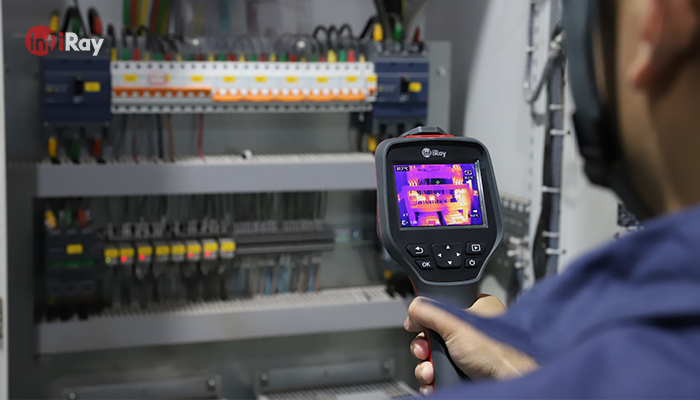
InfiRay thermal cameras for the electrical inspection.
4. Medium-Wave Infrared (MWIR) Cameras
Medium-wave infrared cameras operate within a specific wavelength range, which refers to the infrared spectral region in the wavelength range of 3-5 µm, offering their own set of advantages and applications:
Advantages:
· Good temperature and spatial resolution
· Suitable for high-temperature applications
· Effective in detecting gas leaks
Disadvantages:
· Susceptible to atmospheric interference
· More expensive compared to LWIR cameras
Common Applications:
· Oil and gas industry
· Chemical plant inspections
· Gas leak detection
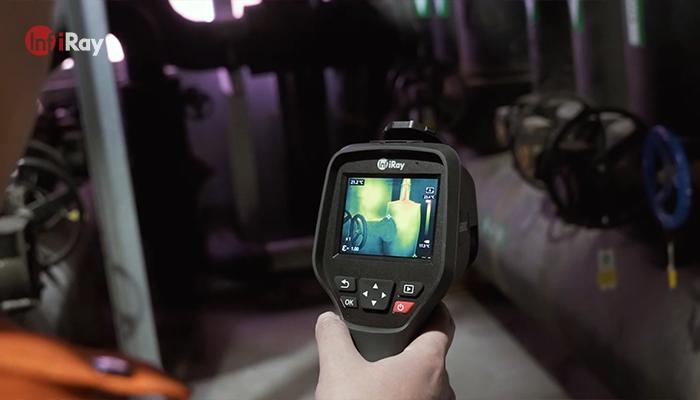
Gas leak inspection with InfiRay thermal cameras.
5. Short-Wave Infrared (SWIR) Cameras
Short-wave infrared cameras utilize shorter wavelengths, enabling unique capabilities and applications:
Advantages:
· Excellent spatial resolution
· Ability to see through certain materials (glass, plastics)
· Effective for solar cell inspection
Disadvantages:
· Higher cost compared to LWIR and MWIR cameras
· Limited availability of SWIR-specific applications
Common Applications:
· Solar panel inspections
· Food quality and sorting
· Semiconductor and electronics industry
Infrared cameras play a crucial role in various industries, enabling us to visualize temperature variations and detect anomalies. Cooled infrared cameras offer enhanced sensitivity and are ideal for long-range surveillance and scientific research. Uncooled infrared cameras, while less sensitive, are more affordable and versatile for general-purpose applications. Long-wave infrared cameras are suitable for penetrating atmospheric conditions, while medium-wave and short-wave infrared cameras excel in high-temperature applications and specific material inspections, respectively.
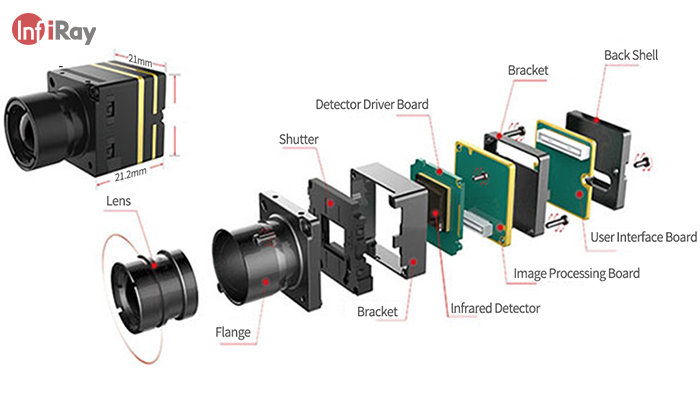
As technology advances, infrared cameras are expected to become even more versatile and accessible. We can anticipate improvements in sensitivity, resolution, and portability, enabling their integration into consumer devices. Furthermore, advancements in artificial intelligence and machine learning will enhance the analysis and interpretation of thermal data, opening doors for automated anomaly detection and predictive maintenance. With ongoing research and development, the future holds exciting possibilities for infrared cameras.
In conclusion, infrared cameras have revolutionized the way we perceive and analyze temperature variations, playing a vital role in numerous industries. Understanding the different types of infrared cameras, their advantages, disadvantages, and applications allow us to choose the right type of infrared camera for us before we buy it and to be able to allow us to harness their power effectively.

 français
français  Deutsch
Deutsch  Español
Español  italiano
italiano  português
português  العربية
العربية  日本語
日本語  한국어
한국어  magyar
magyar 






